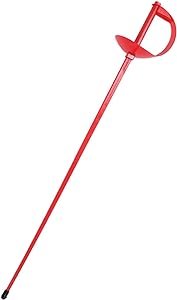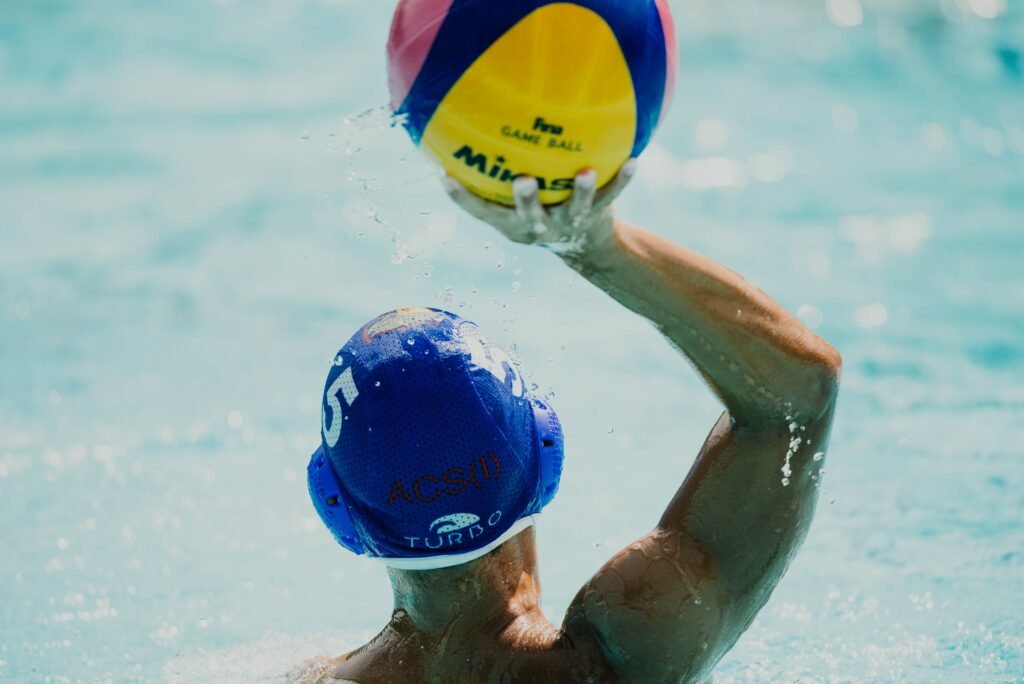Fencing, a sport often associated with swashbuckling duels and epic battles, is a graceful and intense sport that has evolved over centuries. Combining elements of strategy, athleticism, and precision, fencing has a rich history and a dedicated following. In this blog, we’ll delve into the world of fencing, exploring its origins, different forms, techniques, and why it continues to captivate enthusiasts worldwide.

Table of Contents
The Origins of Fencing
Fencing has a history that dates back centuries, with its origins rooted in the need for self-defense and military training. The word “fence” itself is derived from the Latin word “defensio,” meaning defense. Early forms of fencing can be traced to ancient civilizations, but the sport as we know it today began to take shape in Europe during the Renaissance.
Fencing was first included in the Olympics in 1896 and has been a permanent fixture ever since. Modern fencing comprises three distinct disciplines: foil, epee, and sabre, each with its unique rules, target areas, and techniques.
The Three Disciplines of Fencing
- Foil: Foil is often considered the most elegant of the three fencing disciplines. It is a thrusting weapon, and fencers score points by hitting their opponent’s torso with the tip of the foil. The target area is limited to the torso, including the back. Foil fencing emphasizes precision, speed, and tactics.
- Epee: Epee is a thrusting weapon as well, but it differs from foil in several ways. Epee fencers can score points by hitting any part of their opponent’s body, and there are no priority rules, making it a slower and more strategic discipline. Epee fencing often rewards defensive maneuvers and patience.
- Sabre: Sabre is the fastest and most dynamic of the three disciplines. Fencers use a slashing motion as well as thrusts to score points. The target area includes the entire upper body, including the head and arms. Sabre fencing is known for its quick footwork and explosive attacks.
Fencing Techniques
Fencing techniques encompass a wide range of skills that are crucial for success in the sport. These skills include:
- Footwork: Footwork is fundamental in fencing. Fencers use precise movements to control distance, change direction, and set up their attacks. Proper footwork is crucial for both offense and defense.
- Bladework: Bladework involves controlling and manipulating the opponent’s blade while protecting your own. This includes parrying (blocking your opponent’s attack) and riposting (responding with a counterattack after a successful parry).
- Tactics: Fencing is often described as physical chess. Fencers must employ various tactics, such as feints and disengages, to outwit their opponents and create scoring opportunities.
- Mindset: Fencing requires a strong mental game. Fencers must stay calm under pressure, adapt to their opponents’ strategies, and make split-second decisions.
Why Fencing Captivates
Fencing offers a unique blend of physical and mental challenges that continue to captivate both athletes and spectators. Here are a few reasons why fencing remains an intriguing sport:
- Intellectual Challenge: Fencing is often referred to as physical chess because of its emphasis on strategy and tactics. Fencers must outthink their opponents to gain an advantage.
- Grace and Precision: Fencing is a graceful and artistic sport that demands precision in every movement. It combines the beauty of ballet with the intensity of combat.
- Inclusivity: Fencing is a sport that can be enjoyed by people of all ages and physical abilities. It’s not uncommon to see fencers competing well into their senior years.
- International Community: Fencing has a strong international presence, with enthusiasts and competitions around the world. This global community fosters cultural exchange and camaraderie among fencers.
Conclusion
Fencing is a sport with deep historical roots, offering a unique blend of physical and mental challenges. Its three distinct disciplines, foil, epee, and sabre, each have their own rules and techniques, providing something for every type of fencer. With its emphasis on strategy, precision, and athleticism, fencing continues to captivate a dedicated following and attract new enthusiasts into its elegant and electrifying world. So, whether you’re an aspiring fencer or just someone looking to appreciate the beauty of a centuries-old sport, fencing is certainly worth exploring.
Want to read more blogs?Go here:LB Sport Reviews
Want to buy the practise fencing sword?Go here:Practise Fencing SWord



